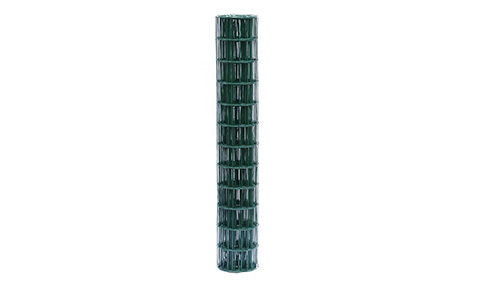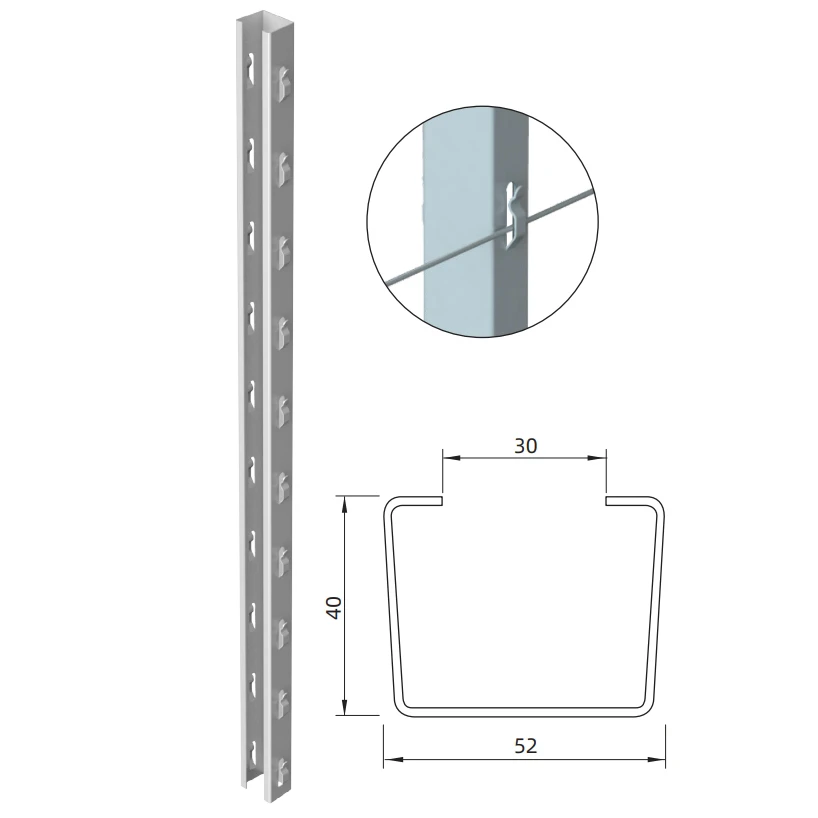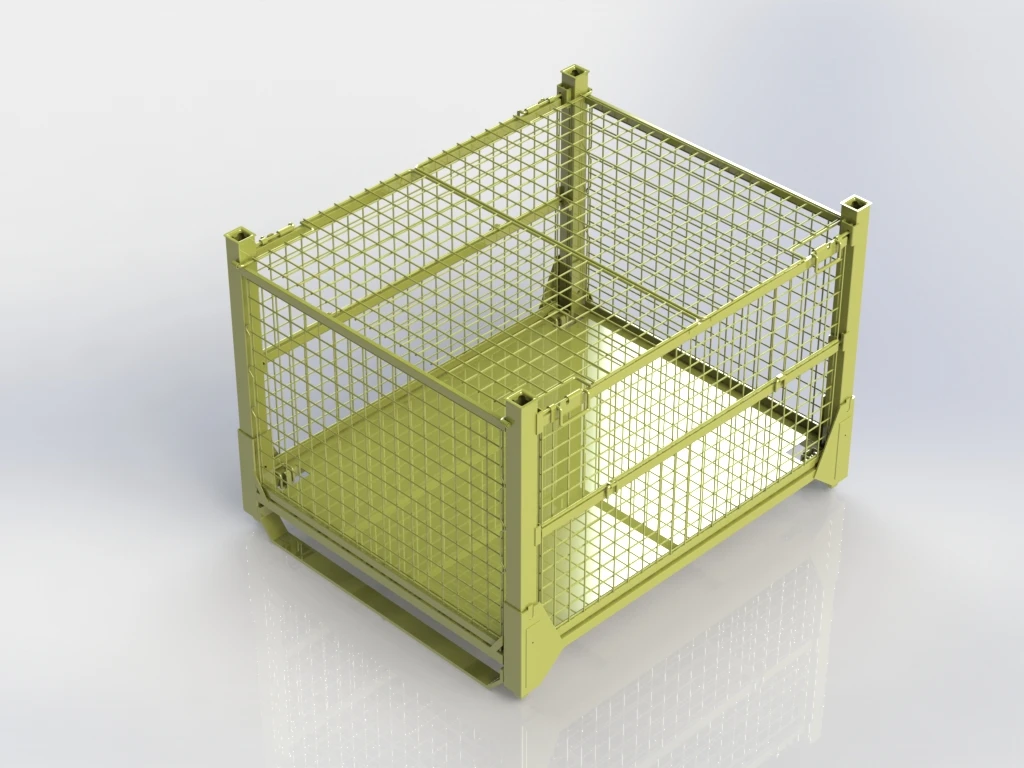Understanding the Role of Concrete in Ground Anchor Systems for Construction Projects
12月 . 14, 2024 14:15
Concrete in Ground Anchors A Comprehensive Overview
Ground anchors are essential components in modern construction and civil engineering, providing stability and support for various structures, including buildings, retaining walls, and bridges. Among the various materials used in the construction of ground anchors, concrete stands out as a favored choice due to its exceptional strength, durability, and versatility. This article explores the significance of concrete in ground anchors, its advantages, installation methods, and considerations for effective usage.
The Role of Concrete in Ground Anchors
Concrete ground anchors serve as a vital link between the soil and structural elements. They are embedded deep within the ground, where their resistance to tension and shear forces is critical for maintaining stability. By anchoring structures to the ground, concrete anchors help mitigate risks associated with soil movement, heavy loads, and environmental changes.
Advantages of Concrete Ground Anchors
1. Strength and Load-Bearing Capacity One of the primary benefits of concrete as a material for ground anchors is its inherent strength. Concrete can withstand substantial compressive loads, making it ideal for applications where heavy structures are involved.
2. Durability Concrete is renowned for its durability, able to withstand environmental factors such as moisture, freeze-thaw cycles, and chemical exposure. This resilience ensures that concrete anchors can maintain their integrity over long periods, reducing the need for frequent maintenance or replacement.
3. Versatility Concrete can be molded into various shapes and sizes, allowing engineers to design anchors that meet specific project requirements. This adaptability makes concrete suitable for both large-scale infrastructure projects and smaller applications.
4. Cost-Effectiveness While the initial cost of poured concrete can be higher than some alternative materials, its longevity and low maintenance needs often make it a more economical choice in the long run. The reduced frequency of repairs or replacement can lead to significant savings over time.
Installation Methods
The installation of concrete ground anchors typically involves drilling a hole into the ground, placing a steel tendon or reinforcing bar, and then pouring concrete into the cavity. The process can vary depending on the project's specific requirements and site conditions.
concrete in ground anchor

1. Drilling A drill rig is used to create a hole of predetermined depth and diameter. The depth is critical, as it needs to reach stable soil or bedrock to provide adequate support.
2. Tendon Placement Once the hole is drilled, a steel tendon (or other reinforcing material) is inserted into the hole. This component enhances the anchor's strength, allowing it to effectively transfer loads to the surrounding soil.
3. Concrete Pouring The hole is then filled with concrete, encapsulating the tendon. This combination creates a fixed point in the ground that can withstand various forces.
4. Curing Proper curing of the concrete is essential to achieve the desired strength and durability. Curing methods can include maintaining moisture levels and temperature for a specific duration to allow the concrete to set correctly.
Considerations for Effective Usage
While concrete ground anchors offer numerous benefits, certain factors must be considered during the design and installation phases.
- Soil Conditions Conducting a thorough geotechnical analysis is crucial to determine soil composition and behavior. Understanding soil characteristics will help engineers design anchors that can withstand specific environmental conditions.
- Load Assessment Accurate calculations of anticipated loads are imperative to design anchors that provide adequate support. This includes static and dynamic loads that could affect the structure.
- Environmental Factors The surrounding environment can influence the performance of concrete anchors. Factors such as water table levels, corrosive soil conditions, and potential geological changes must be evaluated to ensure long-term stability.
Conclusion
Concrete ground anchors play a pivotal role in enhancing the structural integrity of various construction projects. Their strength, durability, and versatility make them an excellent choice for anchoring solutions in a wide range of applications. By understanding the benefits, installation techniques, and considerations necessary for effective use, engineers and builders can ensure the success and longevity of their projects. As urban development continues to rise, the importance of reliable anchoring solutions will only become more critical, underscoring the value of concrete ground anchors in modern engineering practices.









 Unity
Unity Creation
Creation Challenge
Challenge Contribution
Contribution










